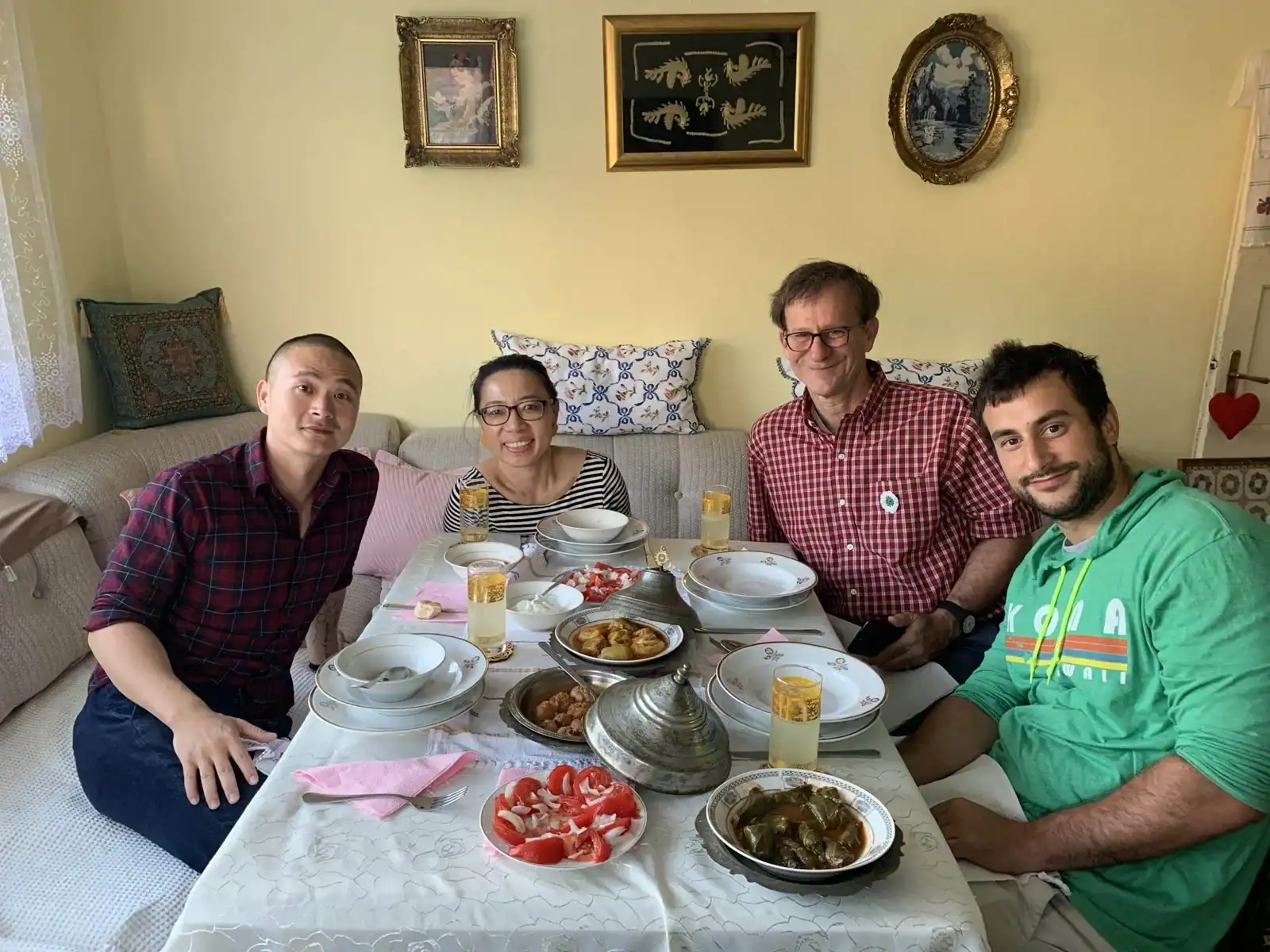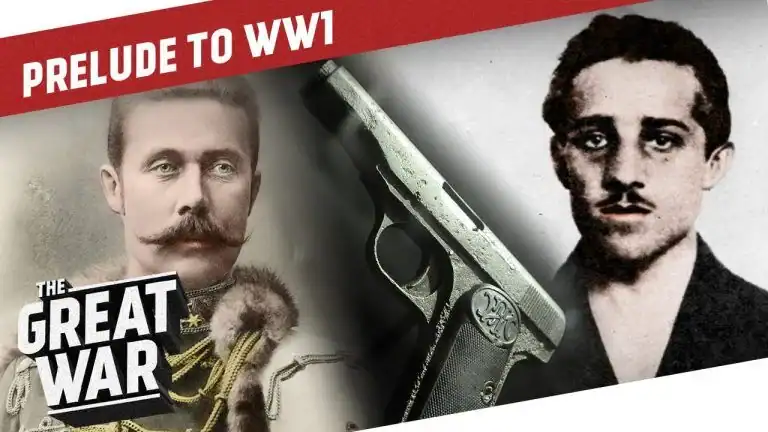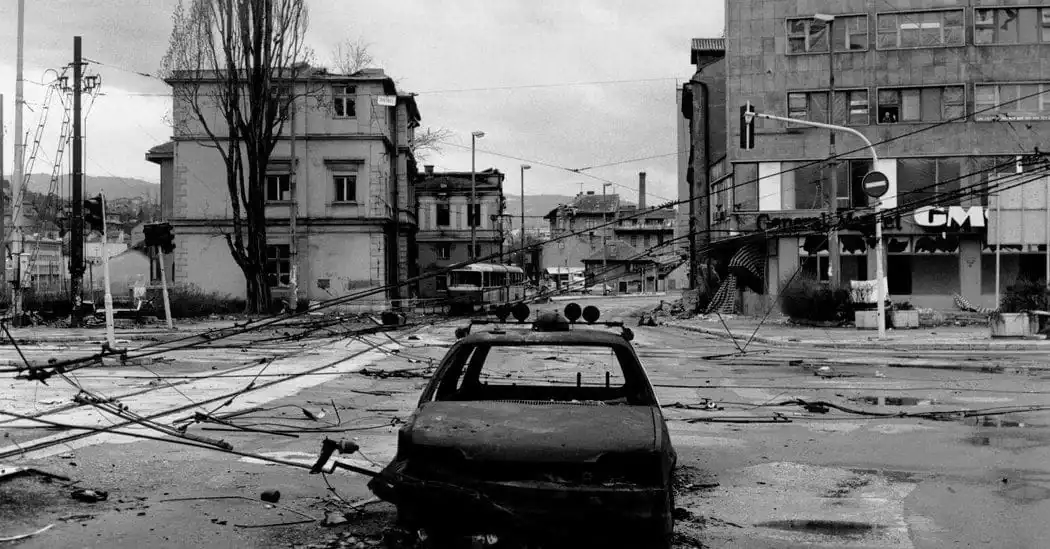Discover the Charm of Sarajevo: A 3-Day Itinerary
Sarajevo, the capital of Bosnia and Herzegovina, is a city where East meets West, offering a unique blend of cultures, histories, and natural beauty. With its rich heritage and stunning landscapes, Sarajevo is a must-visit destination for any traveler. In this article, we will explore a 3-day itinerary that will take you through the city’s culture, history, and nature.
Meet Bosnia, a team of experts dedicated to immersing themselves in the ambient values, historical significance, and cultural depth of the most captivating tourist destinations. They offer guided tours, including a 3-day Sarajevo itinerary, a Mostar Tour, and a Fall of Yugoslavia tour, which can be found Here.
Day 1: Culture
Culture is a complex and multifaceted concept that encompasses the material and non-material elements of a society. In Sarajevo, you can experience the city’s culture by walking through its streets and hearing stories about its history. The old town is easily navigable, and a walking tour can provide valuable insights into the city’s past.
One of the unique aspects of Sarajevo’s culture is its tradition of drinking coffee and the concept of ‘ćejf’, which refers to the pleasure of doing things slowly and in an unhurried fashion. You can also learn about the culture of religious tolerance, which is reflected in the city’s four different religious temples within a 950-meter radius.
Indulge in the local cuisine, including Ćevapi (barbecued meat sausages) and Bosnian pies (savoury phyllo dough filled with minced beef, cheese, potato, or spinach). Be sure to try traditional crafts, such as coppersmithing, which has been an essential part of the city’s economy for centuries.

Day 2: History
Sarajevo’s history is complex and multifaceted, with various empires and regimes leaving their mark on the city. The 20th century was particularly significant, with the assassination of Archduke Franz Ferdinand, the Sarajevo Winter Olympics, and the Siege of Sarajevo during the Bosnian War.
Visit the museum dedicated to the Austro-Hungarian period in Bosnia and Herzegovina (1878-1918), located next to the Latin Bridge, where the assassination of Archduke Franz Ferdinand took place. You can also explore the Museum of the Sarajevo Winter Olympics, which showcases the city’s hosting of the 1984 Winter Olympics.
The Museum of Crimes Against Humanity, the Museum of the Siege of Sarajevo, and the Srebrenica Gallery are dedicated to the worst crimes against humanity in Europe since World War II. The Tunnel of Hope Museum, located next to the airport, tells the story of the tunnel that connected Sarajevo to the rest of the world during the siege.




